Natural Dyeing: Modifying Colour and Expanding Your Palette
Once you start to build your practice and confidence with natural dyeing, it can be incredibly exciting to expand the palette of colours available to you. When I first discovered modifiers, it was as if a whole new world of colour possibilities opened up to me. This can be done in many ways, using what is called a “modifier” to modifying your colour. A Modifier is a substance added after the dyeing to change the colour of your fibre or fabric. If for example, you took four squares of naturally dyed linen, set up three modifier baths & added a square to each leaving one as the test piece, you would potentially have four different shades from one dye. Some colour changes can be dramatic, others are more subtle. Some modifiers affect the PH of the dye and shift the colour, other modifiers will act as a mordant increasing the colour fastness of your fabric not only changing the colour but also helping to fix the colour more permanently. There are a few different types of modifiers available to us: Acidic Modifiers, Alkaline Modifiers or Metallic salts modifiers.
Acidic modifiers: such as vinegar, lemon juice, lime juice or citric acid will shift reds towards orange or yellow, purple towards pink and orange towards yellow.
Alkaline modifiers: such as baking soda, baking powder, soda crystals & wood ash shift purples towards blue-greens, yellows & reds to pink.
Metallic salt modifiers: such as Iron, Copper or Aluminium will shift colours differently. Iron tends to dull, sadden or darken colours. Aluminium will brighten & copper makes colours greener in tone.
In terms of how much modifiers to use, you only need enough to see the fabric change, this will be different for each modifier but I usually start with 1 tsp. of either acidic or alkaline solution. If you want a more obvious change, add more, always test swatches of fabric before experimenting on larger pieces.
Method
1. Pre-wet your naturally dyed linen
2. Fill a separate container with water
3. In a jug or jar, add 1 tsp. of modifier to a small amount of cold water and stir.
4. Add this to your container of water & add your fabric.
5. Remove fabric once the colour changes
6. Rinse and wash in a PH neutral soap.
In terms of metallic salt mordants, Copper is a heavy metal and toxic so I don’t recommend the use of this in your natural dyeing practice. Aluminium is non-toxic & environmentally safe just be sure to exercise caution when using this ( wear a mask and gloves). Iron water can be made at home using scrap metal and vinegar or it can be purchased in a powder format. Iron is a wonderful modifier and mordant, it can really open up your colour possibilities in such a dramatic way that it deserves an article all on its own. Remember if you are using a modifier, first you scour, then you mordant as you normally would, dye your fabric, rinse, then play around with modifying the colour & most importantly have fun!





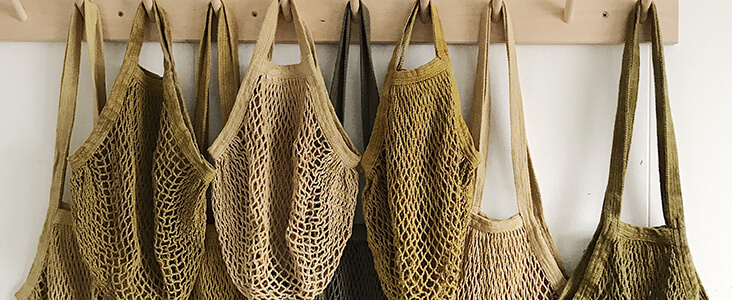
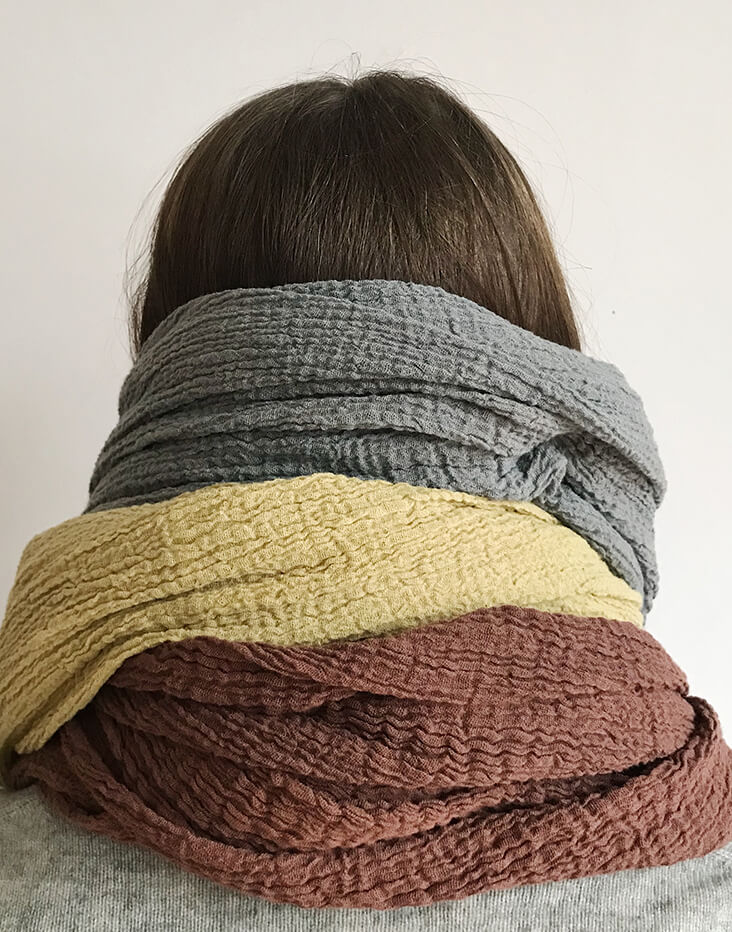
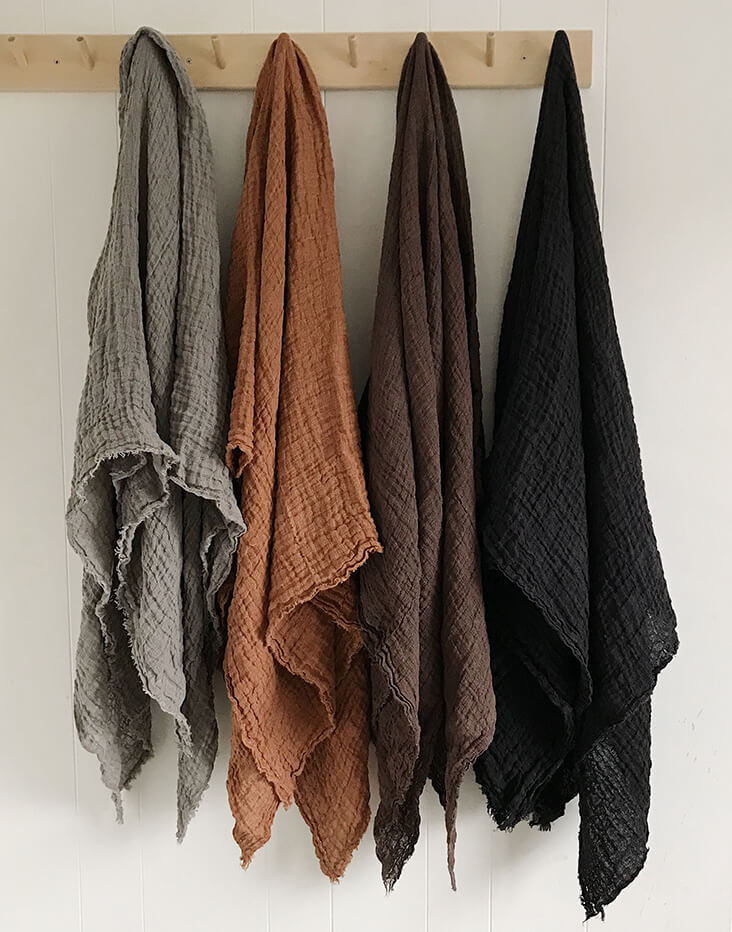
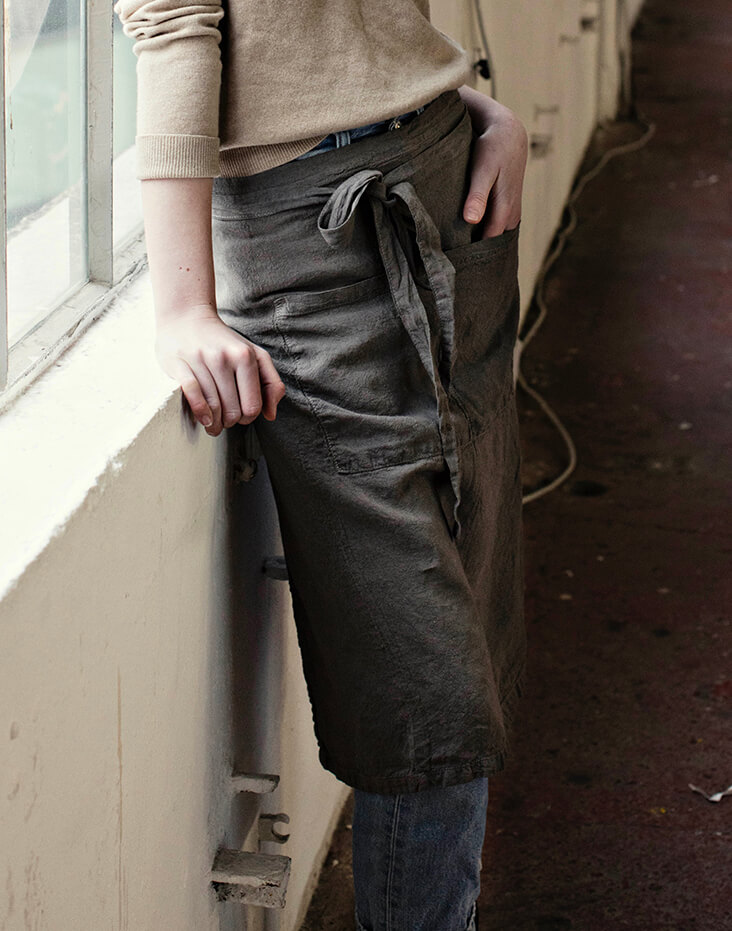

















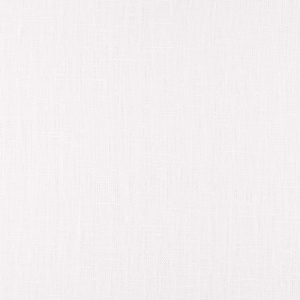




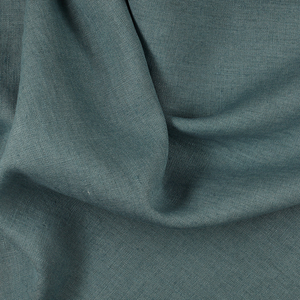


















5 Comments
Pingback:
Colors from Natural Materials – ABC Home LtdHeather Silsby
One source for those bags is Dharma Trading. They have many items for dyeing. I hope this helps!
Nancy Pattyn
Yes, does fabric-store.com have the linen gauze fabric featured in the tutorial?!!
Michele Walsh
Where can I buy the material on the website to make those bags? I want to make my own and try the natural dye process. Any help would be greatly appreciated!
Rene Kane
Is that lovely gauze available through fabrics-store.com?